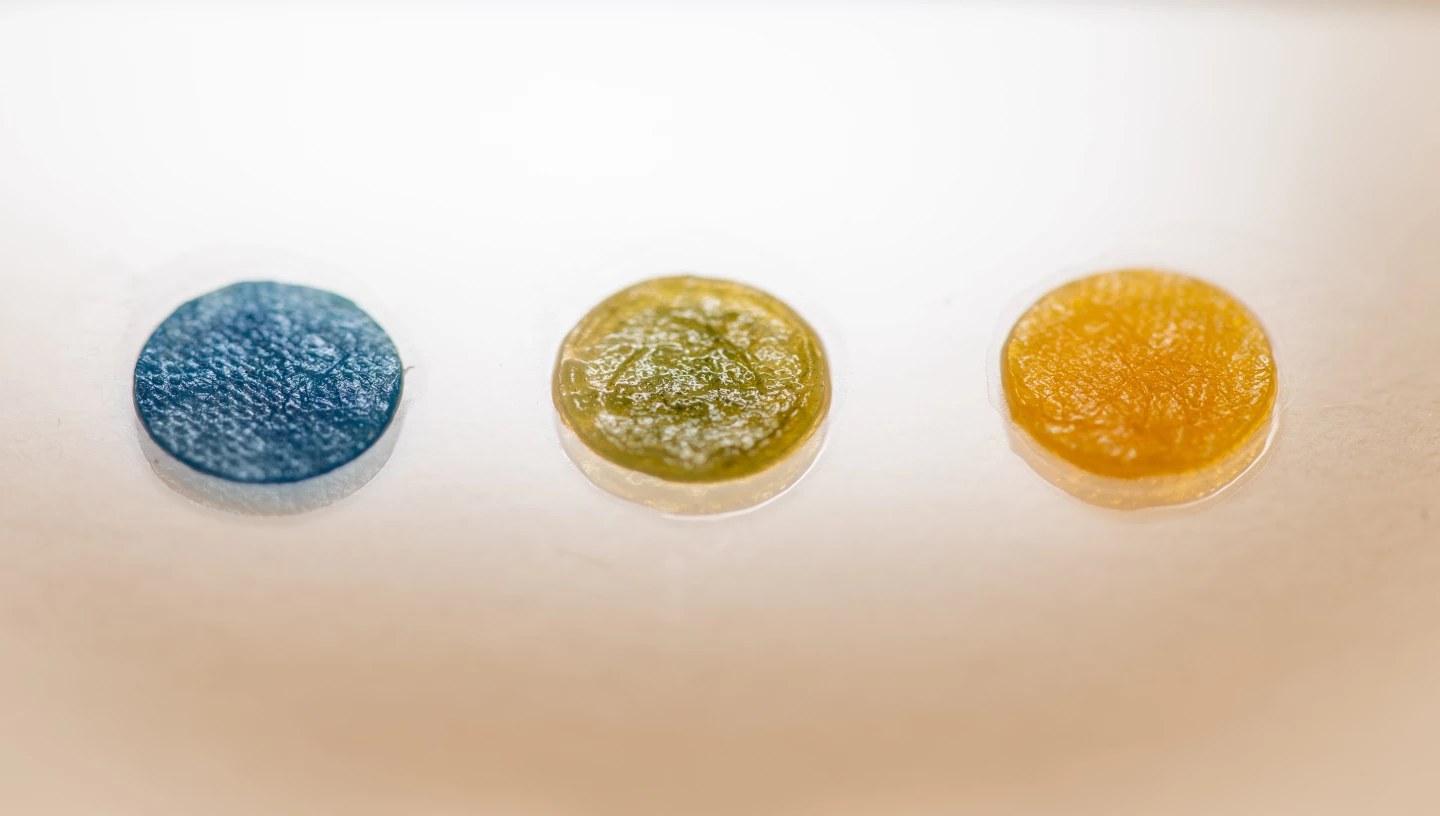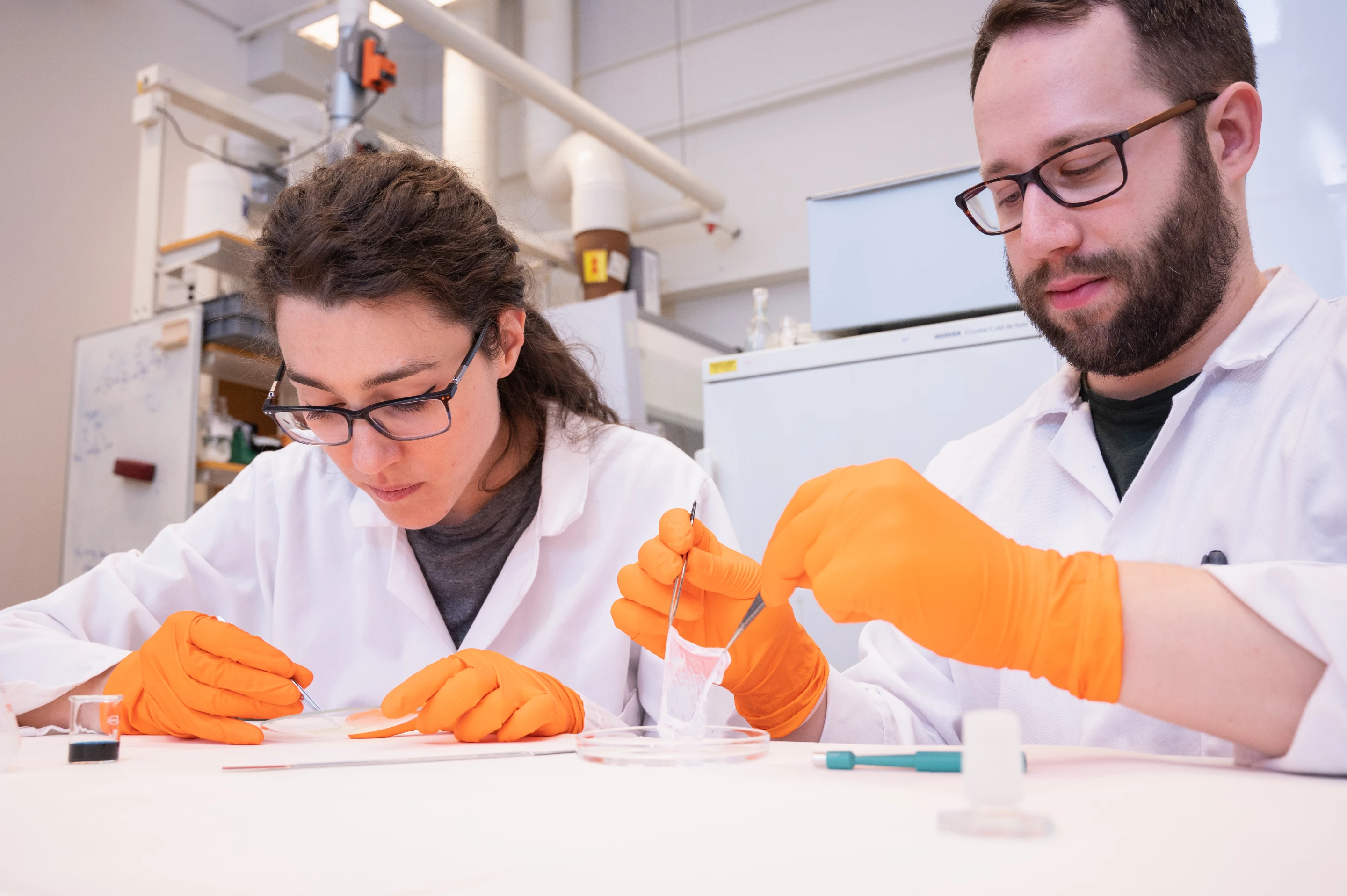It's ironic that in order to check if a wound is becoming infected, doctors may end up setting back the healing process by prematurely removing the dressing. An experimental new dressing is designed to help, as it changes color if an infection is occurring.
Developed by scientists from Sweden's Linköping, Örebro and Luleå universities, the dressing consists of a nanocellulose mesh which is covered in a porous silica material loaded with bromthymol blue (BTB) dye.
First of all, the mesh is tight enough to keep bacteria from getting through from the outside, yet it's still loose enough to let liquids and gases pass through, which is essential to the healing process. Ideally, the dressing will stay on the wound and not be removed until it's fully healed.
If an infection does occur before that point, however, the bacteria will raise the pH of the wound – this will occur before more obvious symptoms such as redness or swelling appear. And importantly, once the pH value of the wound exceeds 7, the BTB will change from its low-pH color of yellow to its high-pH color of blue.

As a result, the whole dressing will be visibly blue to the naked eye, alerting caregivers to the beginning of an infection. That said, in an effort to keep such infections from occurring in the first place, the scientists are now developing antibacterial compounds based on molecules known as lipopeptides, which could also be incorporated into the nanocellulose mesh.
"Being able to see instantly whether a wound has become infected, without having to lift the dressing, opens up for a new type of wound care that can lead to more efficient care and improve life for patients with hard-to-heal wounds," said Linköping University's Prof. Daniel Aili. "It can also reduce unnecessary use of antibiotics."
A paper on the research was recently published in the journal Materials Today Bio.
Source: Linköping University





